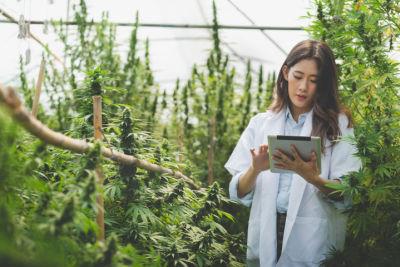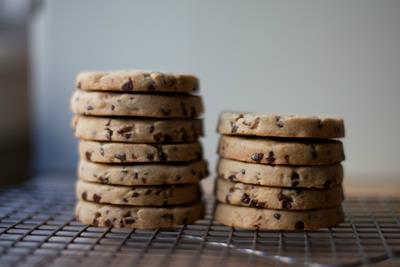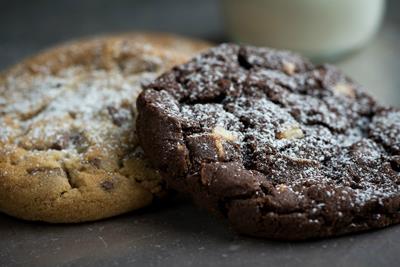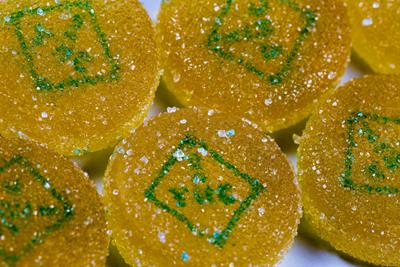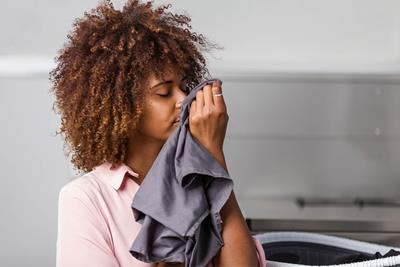
Monday November 1, 2021
Updated on 3/3/2022
By Paul Barach
Reviewed By Mohammad Ashori, M.D. on Thursday March 3, 2022
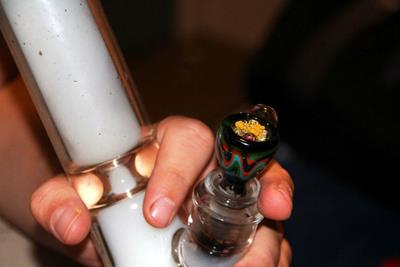 Education
Education
When it comes to your first time smoking weed, there’s a lot of anticipation. You might spend the night giggling uncontrollably while you chow down on breakfast cereals, or feel like you’re hearing your favorite album for the first time. You may even see the world around you in a whole new way.
Whatever happens, you’re ready. The joint is in your hand. Houston, we have lift-off...
Aaaaaand, nothing’s happening. You definitely coughed just like they said you would, but that wasn’t the experience you’d hoped for. Especially not if you were using a particular strain for medical reasons. So what’s going on?
If you didn’t get high the first time smoking weed, you’re not alone. PotGuide is here to fill you in on the many reasons that some people don’t get stoned their first time, and how to get you there in future smoke sessions.
Not Getting High the First Time? Here’s Why:
Though all of our bodies run on the same basic chemicals, each person has a unique body chemistry. A certain balance of those chemicals determines how their body works and reacts to substances. Because of this, there is a myriad of reasons why cannabis experiences differ from person to person, and subsequently, many possible reasons why you might not have gotten high on your first attempted.
Still, there are some commonalities among first experiences that may explain why some people don’t experience the typical high feeling, so it’s best to start there with your investigation. However, if none of these circumstances seem to be the case, it may be worthwhile to talk to your physician to see if there is another cause.
Certain individuals might have thyroid disorders, blood sugar issues, or underlying mental health conditions which can blunt or prevent the expected response to marijuana.
Your Brain Needed to Get Used To Cannabis
One theory is that your brain just didn’t know what to do yet with this new molecule. When exposed to a new compound, bodies can paradoxically go through a “sensitization period” where a sort of “reverse tolerance” happens. The more you’re exposed to the same dose of a particular substance, the more your body becomes receptive to its effects. In other words, when it comes to THC, your first time smoking it may have been when you were actually the least likely to feel it.

Your body may not recognize THC and need some time to adjust to it. The CB1 and CB2 receptors might be downregulated until the active compounds of marijuana are introduced for the first time. Think of it like giving your musically-inclined cousin their first guitar. As excited as they might be to receive it, they’re not going to know how to play it right out of the box. But after some practice, they’ll be playing the hits.
Solution: If you were hitting that joint correctly (see above), then just try it again. It’s normal to take three or five (or more) attempts until your brain figures out how to make music with this new instrument.
You Weren’t Smoking the Right Way
Inhaling burning materials is not a natural reaction (your ancestors wouldn’t have survived long if it were), so you simply may not know how to do it. When you smoke pot, THC is absorbed through the lungs into the bloodstream, where it then travels to the brain.
Many first-time smokers will pull smoke into their mouths, or even into their throats, and start coughing before it reaches their lungs, meaning the THC molecules never got to board the Bloodstream Express to the brain. It can take some practice to learn how to consume cannabis, so go easy on yourself and move at your own pace, eventually you’ll find your way.
Solution: The next time you hit that joint or glass piece, take a slow, deep breath after you pull that smoke or vape into your mouth. This will send that THC-rich smoke deeper into your lungs where it will get absorbed into your bloodstream.
Patients with asthma often have to learn this process with their inhalers for the very first time. In case of medical marijuana, the inhaled form needs to get down to the alveoli deep down in the lungs.
You Tried The Wrong Cannabis Product
Buying weed from a dispensary means having a well-versed budtender hand you a strain with whatever effects you’re hoping to feel. The label on your joint or flower will tell you the THC percentage as well as the other cannabinoids, the harvest date, and more.
Most physicians trust capable budtenders to recommend the right strains for the particular medical condition that’s being treated with medical marijuana.
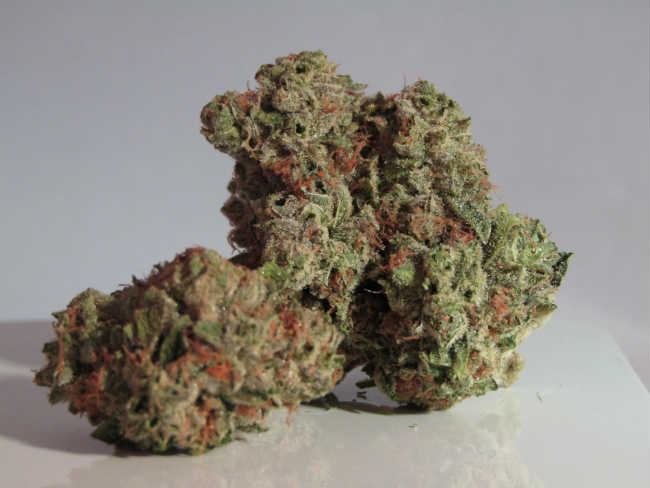
However, not everyone gets their weed from a dispensary, and not all suppliers have your best intentions at heart. The weed you received may simply be not good enough cannabis to get you high. It could be old or poorly grown, which means fewer available cannabinoids, and the only buzz you’ll get from it could be a blood rush from coughing.
Solution: Find a budtender (or other person) that you trust to obtain your weed from. Good weed should be covered in sugary crystals called trichomes, have a healthy color (usually green), feel springy, and have a rich aroma. If the weed you’re smoking is crunchy, pale, and smells like hay, find another source.
You Might Not Have Realized You Were High
When it comes to any psychoactive drug, it can be easy to chase after the experience you want rather than letting it come to you. Maybe you did get stoned, but it was subtle. You didn’t giggle your head off, have profound thoughts, or appreciate art on a new level. Instead, you just had a great time joking around with your friends, really enjoyed that album you haven’t heard in a while, and felt an upbeat, warming glow all night that told you things weren’t so bad.
Solution: If you experienced “something” last time, but not anything to write home about, try smoking more. Maybe you have the type of tolerance where it takes half a joint or a couple bowls for your brain or body to feel it. On the other hand, if it was a case of THC sensitization and your brain came to play this time, you may find yourself really stoned. That can be fun time too. However, if it’s uncomfortable, find a quiet spot and follow these suggestions until it passes.
Note: If you are trying edibles instead of smoking, keep taking the same amount. Do not try doubling the dose. You do not want your first cannabis experience to be getting “too high” on edibles.
Conclusion
If you didn’t get high your first time smoking weed, the short answer is: Keep trying. By getting your brain and body used to THC, switching up your inhaling technique, finding better product, or increasing the amount consumed (within reason), you’ll be well on your way to getting high for the first time (even if it’s your fifth time smoking weed).
Why didn’t I get high my first time smoking weed?
You may not have been inhaling the smoke all the way into your lungs, you may have had bad product, it may have been too subtle to notice, or your brain and body might need a few times to get used to THC.
How many times do I need to smoke weed to feel high?
Depending on your body chemistry, it can take anywhere from 2 to 8 tries, or even more. Keep trying and you’ll get there.
How much weed should I smoke my first time to get high?
Start with a few hits off the joint or pipe then see how you feel after about 10-20 minutes. If you like where it’s heading at that point, try more. There’s no reason to hard on weed your first time. Being too high can make for an uncomfortable first experience.
How do I hit a joint or pipe?
Pull the smoke into your mouth, lower the joint or pipe, then take a slow, deep breath so the smoke gets into your lungs. Expect to cough.
What was your first high experience like? Share with others in the comments below.
Photo Credit: Heath Alseike (license)



